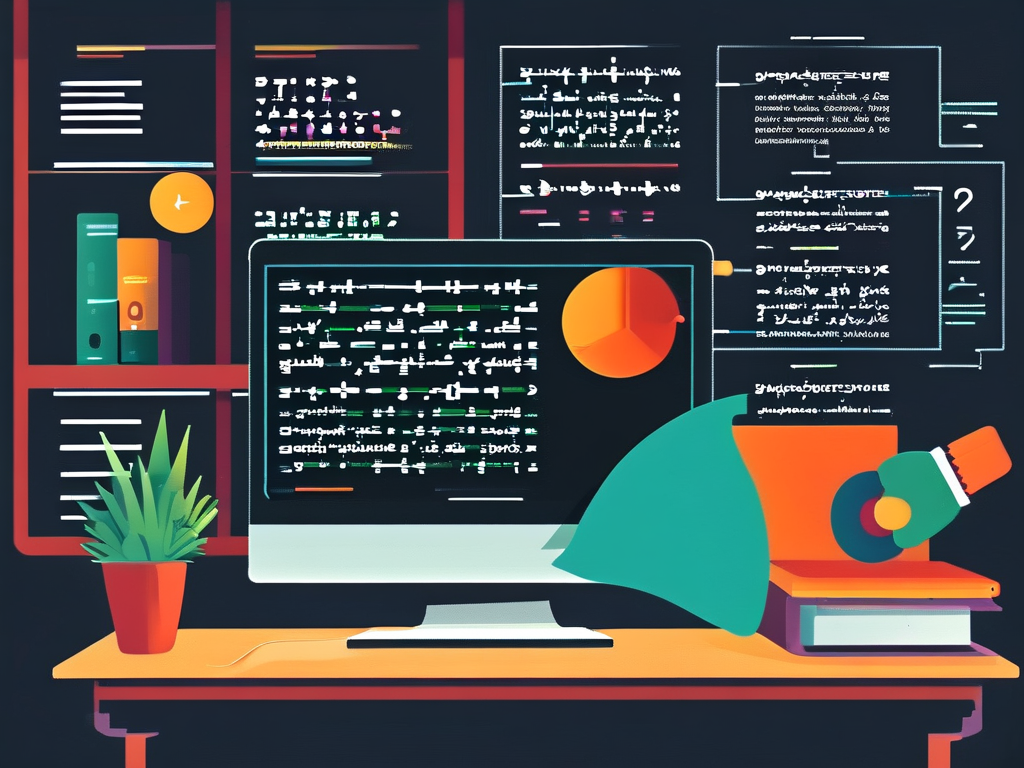Compiler principles form the backbone of modern programming language design and implementation. This article serves as a visual and textual compendium, organizing key concepts, algorithms, and workflows in compiler construction through structured diagrams and concise explanations.
1. Compiler Architecture Overview
A compiler is typically divided into distinct phases, each handling specific tasks:
- Frontend: Lexical analysis, syntax parsing, and semantic analysis.
- Middle-end: Intermediate code generation and optimization.
- Backend: Target code generation and machine-dependent optimizations.
Visualizing this pipeline (see Fig. 1) clarifies how source code transforms into executable binaries. For instance, a syntax tree diagram illustrates hierarchical relationships between tokens, while control flow graphs map program execution paths during optimization.
2. Lexical and Syntax Analysis
Lexical analyzers (scanners) break source code into tokens using regular expressions. A finite automaton diagram (Fig. 2) demonstrates how identifiers, keywords, and literals are recognized. Syntax analyzers (parsers) then validate token sequences against grammar rules. Context-free grammars (CFGs) and parse trees (Fig. 3) are essential tools here.

For example, an LR parser's state machine can be visualized as a graph where nodes represent parser states and edges denote shift/reduce actions. Such diagrams demystify conflicts like "shift/reduce" errors in ambiguous grammars.
3. Semantic Analysis and Intermediate Representations
Semantic analyzers check type compatibility and scope validity. A symbol table diagram (Fig. 4) shows how identifiers map to memory locations or types. Intermediate representations (IRs) like three-address code or abstract syntax trees (ASTs) bridge frontend and backend.
Optimization phases often use dataflow analysis diagrams (Fig. 5) to track variable liveness or constant propagation. For instance, a reaching definitions graph highlights dependencies between code statements.
4. Code Generation and Optimization
The backend translates IR into target machine code. Instruction selection diagrams (Fig. 6) compare patterns matched to machine instructions, while register allocation charts (Fig. 7) illustrate how virtual registers map to physical ones.

Peephole optimization visuals (Fig. 8) demonstrate localized code improvements, such as replacing redundant load/store operations. Loop optimization techniques like loop unrolling or vectorization are best explained through before-and-after code comparison charts.
5. Essential Tools and Visual Aids
Compiler designers rely on tools like Yacc/Bison (parser generators) and Flex (lexical analyzer). Workflow diagrams (Fig. 9) integrate these tools into a cohesive development process.
For self-learners, mind maps (Fig. 10) organize compiler topics hierarchically, while timelines (Fig. 11) trace historical milestones like the development of GCC or LLVM.
6. Case Study: Compiling a Simple Language
A step-by-step visual tutorial (Fig. 12–15) compiles a "Hello, World!" program:
- Tokenize keywords and literals.
- Build a parse tree for the program structure.
- Generate IR with type-checked operations.
- Optimize and emit x86 assembly.
This microcosm reveals how compilers balance theory (e.g., formal grammars) and pragmatism (e.g., platform-specific code generation).
7. Resources for Further Exploration
- Books: "Compilers: Principles, Techniques, and Tools" (Dragon Book) with its iconic syntax tree illustrations.
- Online Courses: MIT OpenCourseWare's compiler lectures include annotated slide decks.
- Open-Source Projects: Explore LLVM's architecture through its modular design diagrams.
Compiler principles are inherently visual-from finite automata to dependency graphs. This guide's curated images and structured explanations aim to transform abstract concepts into tangible knowledge. Whether you're debugging a parser or designing a DSL, these visual aids provide a roadmap to mastering the art and science of compilers.









